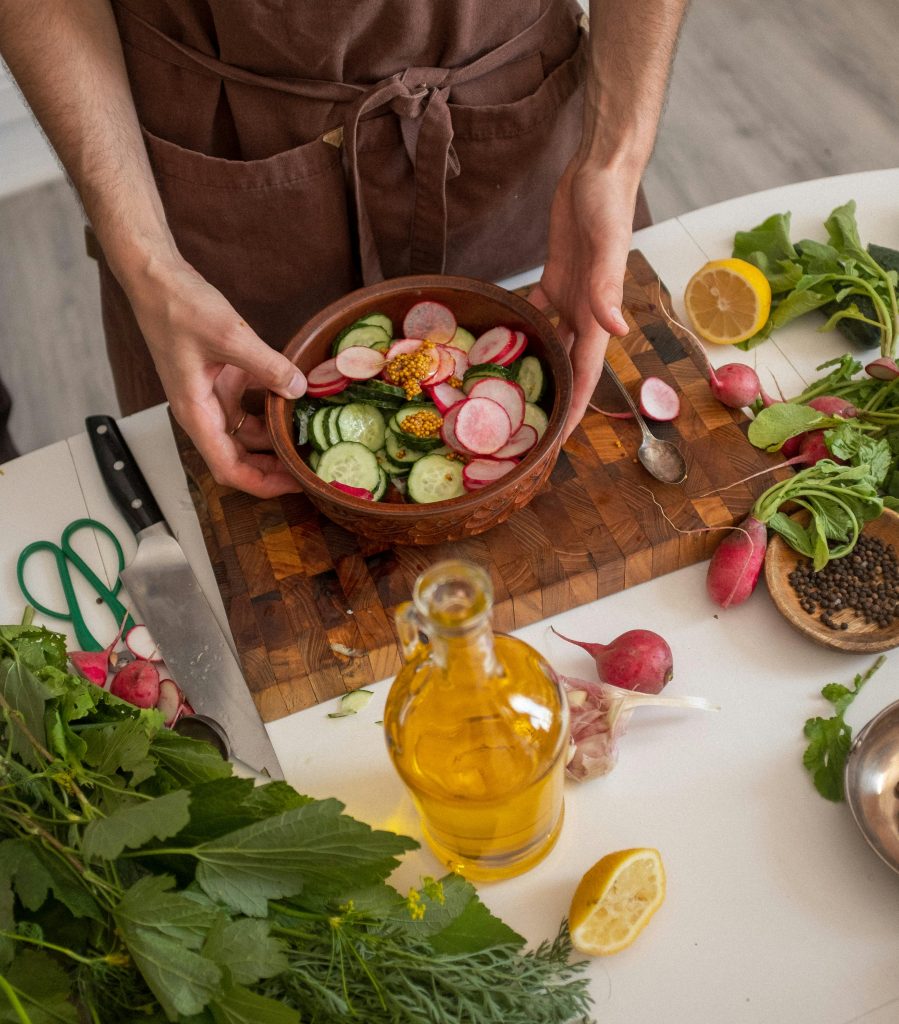
A Map of Movement
Across Europe, the dinner table tells the story of movement. From North African couscous in Marseille to Turkish döner in Berlin, or Somali sambusas in Oslo, migration has shaped not just what we eat, but how we understand each other.
Food is often the first part of a migrant’s culture to be accepted in a new place. Long before there’s shared language or policy, there’s a market stall, a corner shop, or a takeaway kitchen. Through food, people carry their history—and build a new life.
A Map of Movement
Europe’s food landscape is a patchwork stitched by centuries of trade, empire and migration. In recent decades, that movement has continued, bringing with it new ingredients, methods, and flavour combinations.
In cities like Brussels, Stockholm, and Vienna, migration from Syria, Eritrea, Afghanistan, and Iraq has brought dishes like kebbeh, injera, and ashak into daily life. These foods are no longer confined to immigrant households—they’re sold in markets, served at festivals, and increasingly found on restaurant menus.
In Italy, second-generation migrants from Bangladesh and North Africa are transforming classic pasta dishes with regional spices and vegetables. In the Netherlands, Indonesian rijsttafel still reflects colonial ties, but it has also evolved through modern-day family recipes passed down in migrant households. These adaptations are not dilution—they are Europe’s food culture in motion.
Making Space Through Food
For many migrants, cooking is one of the few things they can carry with them intact. Language might take time. Jobs might be hard to find. But the knowledge of how to make flatbread, or preserve lemons, or season lentils just right—that stays.
Food becomes a form of independence and comfort. It’s also a way to make connections in a new place. In Athens, migrant-run food stalls and cafés have become key sites of cultural exchange. Refugee-led kitchen projects like Mikra Asia serve traditional Greek–Middle Eastern dishes, bringing together long-time residents and recent arrivals in a shared space.
Across Europe, similar projects are growing: in Paris, La Cantine Syrienne; in Berlin, Kitchens Without Borders; in Lisbon, Tentações de África. These spaces don’t just serve food. They provide jobs, pride, visibility—and a way for migrants to be seen not just as arrivals, but as contributors.
Second-Generation, New Traditions
For the children of migrants, food becomes a balancing act between heritage and adaptation. Many grow up eating one thing at home and something else at school or with friends. Some stick closely to family recipes. Others experiment—mixing, borrowing, creating entirely new dishes that reflect both their parents’ culture and the country they grew up in.
In France, the rise of “bistronomie” (bistro-gastronomy) has seen chefs of Algerian, Senegalese, and Vietnamese backgrounds bring home-style flavours into high-end cooking. In the UK, Somali–British food bloggers and North African–French pop-up chefs are shaping new culinary identities that aren’t confined by borders.
Migration doesn’t erase culture—it builds on it. What we’re seeing across Europe is not a loss of food traditions, but the birth of new ones.
Challenges and Stereotypes
That said, food is not always enough to bridge deeper divides. There’s often a gap between celebrating a culture’s cuisine and fully accepting its people. Migrant communities may see their dishes loved and sold widely, even as they face barriers in housing, healthcare, or employment.
In some cases, food gets stripped of its story. It’s rebranded, renamed, or adapted for European tastes without acknowledging where it came from. That’s why visibility and ownership matter. Migrant chefs, vendors, and home cooks deserve credit—not just for their cooking, but for what that food represents: resilience, knowledge, identity.
A Shared Table
Migration is not a side story to Europe’s food culture—it is the story. Every dish introduced by migrants carries with it not just flavour, but experience. When we sit down to eat manakish in Copenhagen, pho in Prague, or harira in Madrid, we’re not just eating—we’re being invited into someone’s world.
Europe is changing, and so is its food. But the change isn’t loss. It’s layering. It’s adding new spices to old recipes, new stories to familiar meals. And the table is wide enough to hold it all.



